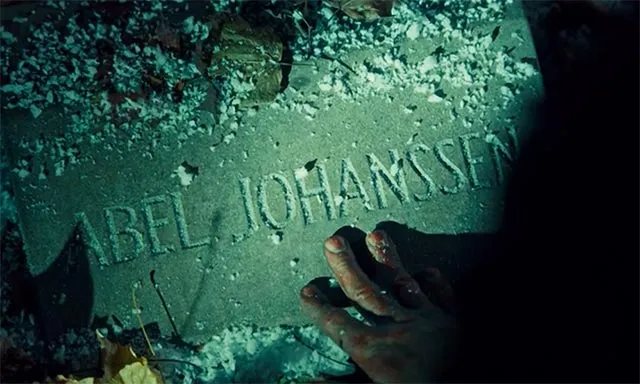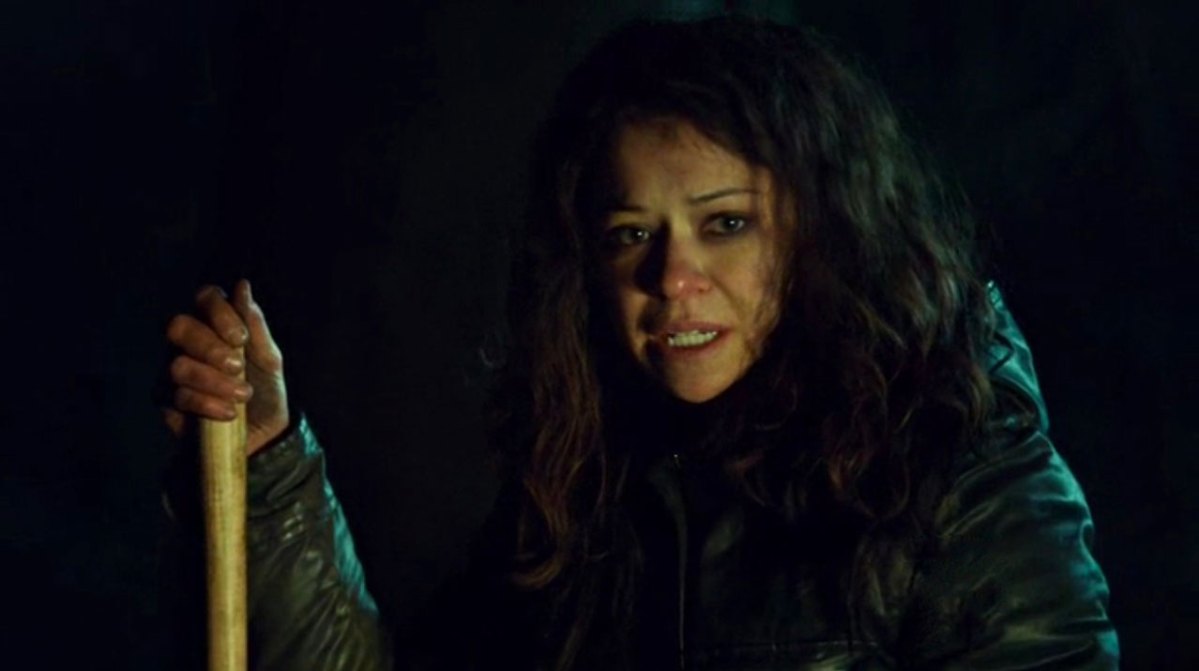Welcome to our Orphan Black science recaps, where Casey, a graduate student in genetics and developmental biology, and Nina, a professional science communicator, examine the science in each episode of OB and talk you through it in (mostly) easy-to-digest terms. Check out our regular OB recap for this episode here.
If you haven’t watched the latest episode of Orphan Black, be forewarned: there will be spoilers. There will also be crazy science.
Nina: There was so much science happening in this episode that Casey and I had a little science dance party. We saw that, while Henrik’s storage container didn’t hold any of the samples that Rudy wanted, it did hold experiment notation involving the original Castor genome. We found out that Henrik’s experiments outside of Dyad resulted in a child—it didn’t survive, but its skeletal remains may hold answers. We saw that Castor clones are being subjected to invasive brain experiments. And we saw that Cosima’s treatment from Kira’s stem cells seems to be working (!!!) for now.
Casey: The biggest science shocker of the episode was that Henrik took the Castor original biological material and created another clone, his son Abel. Henrik created Abel via the cloning process of SCNT, or Somatic Cell Nuclear Transfer. A somatic cell is any cell in the body that is not a reproductive cell; this cell is taken from the organism that is to be cloned – in this case the Castor original biological material. The nucleus of this cell is then extracted and placed into a donor egg cell, which his wife Bonnie provided, and then an embryo develops from this cell that is essentially a clone of the original.
For Abel, this means he was almost a complete clone of the Castor original. The only difference between him and the original genetically is in the mitochondrial genome. This genome is provided 100% from the egg cell, so Abel received all of his mitochondrial DNA from Bonnie, while the original got his from his mother.
Abel, as well as the Castor original, are not completely genetically the same as the Castor clones because they lack any manipulations to their genome. The Castor clones have synthetic sequences in their genomes courtesy of the scientists who created them (much like the Leda clones), and these sequences, among other things, appear to be the source of the Castor disease. Therefore, Abel’s genome may hold an unmanipulated version of the problematic gene that could be used to develop a gene therapy cure for the Castor clones.

Nina: The thing about sequencing Abel’s genome is that he’s dead. Very, very dead. DNA is not exactly a hardy molecule, and it’s thought to weather poorly. Depending on the body’s exposure to moisture and the elements, DNA can become damaged and degraded. Samples can also be contaminated by the DNA of microbes that have been feasting on the body. Abel’s skeleton was in a casket, which does help to protect it somewhat, and the bones seemed to be in good shape. Luckily for our clones, bones and teeth are pretty much hot-spots for getting a decent sample (you may remember that Kira’s stem cells for Cosima’s treatments were sampled from the pulp of a baby tooth and from bone marrow in her hip).
In the past, scientists have successfully sequenced genomes from the bones of remains much older than Abel’s. In 2010, a full Denisovan (an extinct species of human) genome was sequenced from mitochondrial DNA pulled from a single finger bone—the finger’s owner is thought to have walked this planet some 41,000 years ago. More recently, in 2014, scientists sequenced the genome from a 1-year old Pleistocene (AKA Ice Age!) from the oldest known burial site in North America. So the tools and tech definitely exist. Crazy expensive, yes, but available (and Dyad has money, right?).
Casey: If a good enough sample of DNA can be extracted from Abel, then Castor is one step closer to a cure. However, there’s a chance the DNA will not be viable, leaving the door open for the possible Leda/Castor curing each other route that would definitely throw a wrench into the picture. But if a Castor clone cure can be developed, the question remains as to how the Leda clones will be cured, and if there is any Leda original biological material out in the world.
Casey Griffin is a graduate student in genetics and developmental biology. She dissects mouse hearts, does lots of PCRs, and nerds (and cries and screams) aboutOrphan Black. You can check out her OB Science Time Tumblr posts here.
Nina Nesseth is a professional science communicator, emerging playwright, and serial tea-drinker. She’s happiest when science-ing at people (yes, that’s “science” as a verb) and watches way too many movies (but she lacks stamina and falls asleep if she tries to watch two in a row). You can find her on Twitter@cestmabiologie.
—Please make note of The Mary Sue’s general comment policy.—
Do you follow The Mary Sue on Twitter, Facebook, Tumblr, Pinterest, & Google +?








